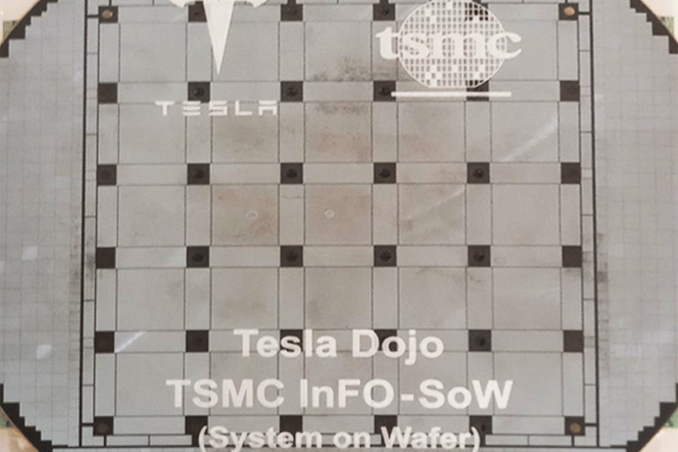It does feel a bit like 16nm vs 20nm… In many ways, A16 feels like N2P+backside and not much else, just like 16nm was mostly just FinFET. It’s quite disappointing N2P lost backside power delivery, that must be a very welcome surprise for Intel. I wonder how A16 compares to the *original* N2P with backside power delivery…
The density scaling is sufficiently bad that it seems to vindicate Intel’s High-NA strategy to some extent as necessary for density, although TSMC’s argument will be that doesn’t necessarily make the transistors/$ any better or significantly improve perf/power.
Still, I expect TSMC to be extremely competitive with Intel in practice for N2(non-P) vs 18A and beyond that, process nodes aren’t just about high level features and buzzwords, and TSMC has consistently delivered where it matters.
